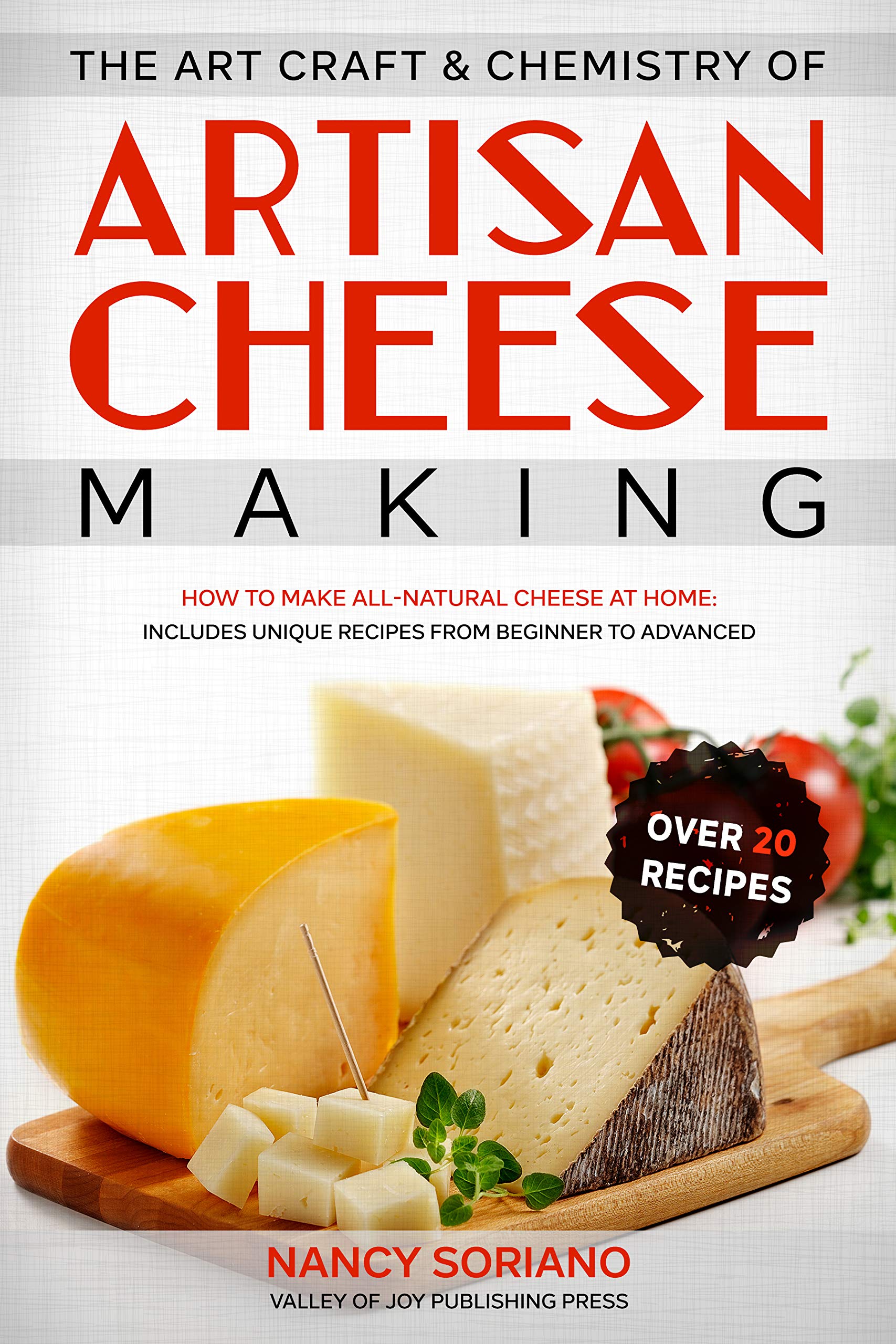The Allure of Cheese37

The History of Cheese
Cheese has been a beloved food for centuries, with its origins dating back over 4,000 years ago. It is believed to have been discovered accidentally when milk was left out and curdled. Since then, cheese has evolved into a wide variety of flavors and textures, with different regions around the world producing their own unique types of cheese. From creamy brie in France to sharp cheddar in England, there is a cheese for every palate.
The Art of Cheese Making

Cheese making is a delicate process that requires skill and precision. The key ingredients in cheese making are milk, rennet, and salt. The milk is first heated and then rennet is added to coagulate the milk. The curds are then separated from the whey and pressed into molds to form the cheese. The cheese is then aged for varying lengths of time, depending on the desired flavor and texture. Cheesemakers take great pride in their craft, creating unique and delicious cheeses that are cherished around the world.
The Health Benefits of Cheese
Cheese is not only delicious, but it also has several health benefits. It is a good source of calcium, protein, and other essential nutrients. Cheese also contains probiotics, which are beneficial for gut health. However, it is important to consume cheese in moderation, as it is high in saturated fat and calories. Opting for lower-fat cheeses or enjoying cheese as part of a balanced diet can help you reap the health benefits without overindulging.
The Versatility of Cheese

Cheese is a versatile ingredient that can be used in a wide variety of dishes. From classic macaroni and cheese to gourmet cheese boards, there are endless ways to enjoy cheese. It can be melted, shredded, sliced, or crumbled, making it a perfect addition to salads, sandwiches, soups, and more. Whether you prefer mild mozzarella or pungent blue cheese, there is a cheese that can elevate any dish to the next level.
